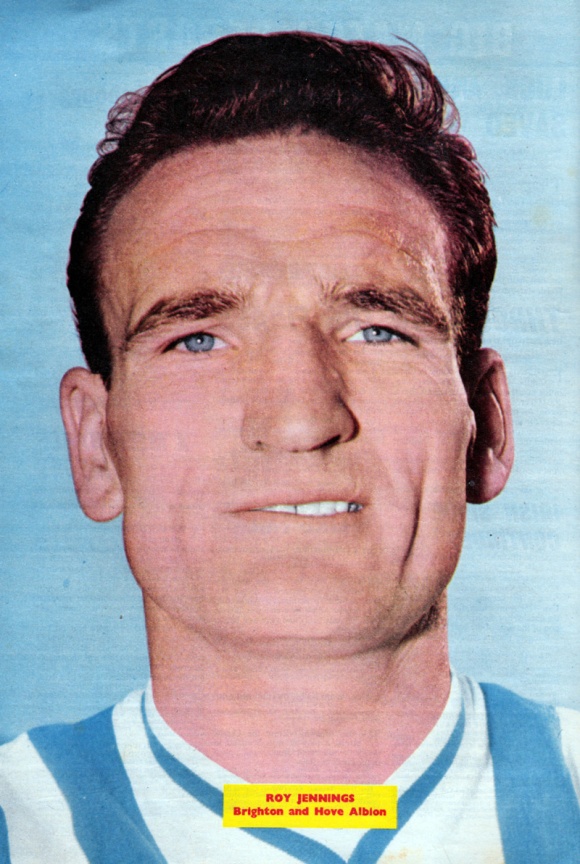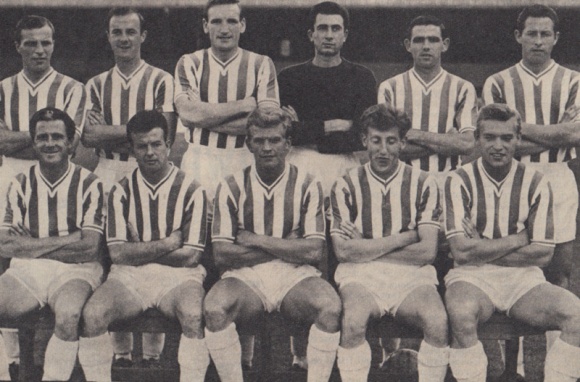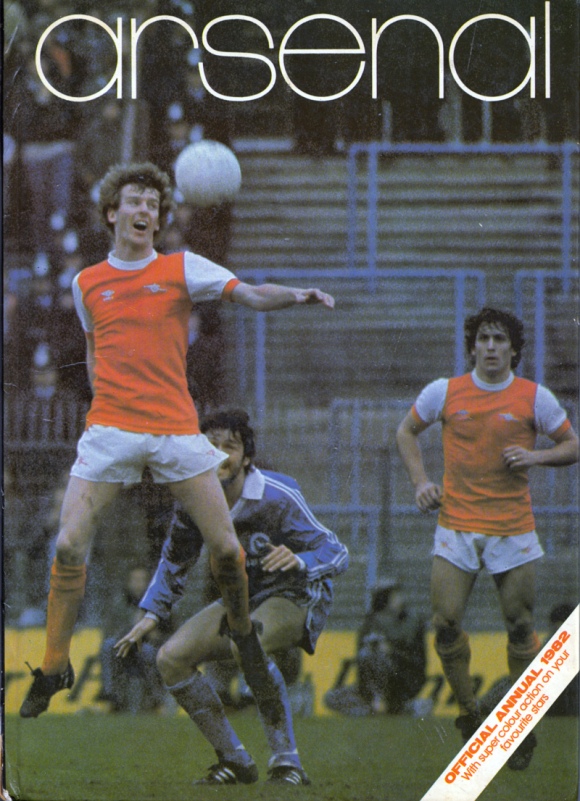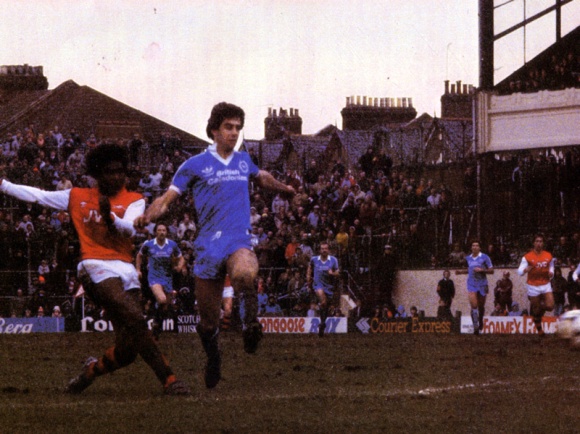I had a lovely surprise while walking past the Seagulls Store on Queen’s Road, Brighton, yesterday when I spied this glorious short-sleeved wonder gleaming in the shop window.
Was it an original 1978-80 Brighton away shirt and therefore a display item (i.e. not for sale)? Although it would have been lovely to see an original in person, thankfully, no. Manufactured by Toffs, it turned out that this beauty was a new reproduction that could be mine (or yours) to wear for £39.99. They definitely kept that quiet! It’s neither currently for sale on the Brighton & Hove Albion Seagulls Direct store website nor on the Toffs site. And, in case you’re wondering, and from a 1970s timewarp, not from David Rose Sports either.
Instinctively (and not suspiciously at all, I promise!), I gave the garment the once-over to compare it to the original (well, what I recall of an original, having seen a photo of one on Phil Shelley’s excellent Old Football Shirts site). Sure, it isn’t made of that nasty scratchy material that Bukta shirts of the late 1970s were made out of. And the badge and manufacturer’s logo could have been closer to the collar. But other than that, it’s a very faithful rendition of the shirt Brighton wore back in the day.
And hallelujah! Toffs have finally sorted out my decades-long complaint with the Brighton badge on their Albion shirts having a superflous white and blue ring around the badge. Above, as you can see, there is no annoying blue stroke around another unnecessary white border around the badge. If you wish to be pedantic, you could point out that it’s not quite the shirt that Brighton wore when they clinched promotion to the First Division with a win at Newcastle in 1978/79. During that season, the Brighton yellow shirt had the Bukta lettering but not the buk graphic above:
But you’d have to be super-picky not to want to pretend to be Brian Horton powering a bullet of a near-post header or Gerry Ryan slamming the ball into the Newcastle goal while wearing this shirt in the park. You may even wish to pretend to be Andy Rollings, who in Match Magazine, chooses as the magic moment of his career: ‘Final whistle at Newcastle, when we won promotion to Division One’:
It’d be getting into dangerous levels of football shirt-spottery to know that it was in 1979/80, the club’s first in the top flight, when the buk appeared above the logotype, just like on the Toffs reproduction. Games when this yellow shirt was worn include the match at Manchester United, when an altercation took place between Seagulls team-mates Eric Steele and Gary Williams. Not really an incident to re-enact in a ‘Phoenix From The Flames’-style, I don’t think. More happily, the shirt was also worn during this 2-0 win at Bolton in January 1980:
As a shirt design, this Toffs / Bukta garment has many things going for it. Just like on the original, the flared collar also added a touch of ’70s panache. The buks down the sleeves always looked great, not least because they resemble a line of seagulls from a distance. In fact, the production quality now is even better than the original sewn-on band where the yellow contrast on the blue buks down the sleeves always seemed too lemony to match the rest of the shirt. Perhaps the overall design would have looked more coherent with a yellow and blue badge, instead of white and blue, although that seemingly slapdash approach (or deliberate retro styling) is now being emulated in the new yellow Brighton shirt for 2013/14.
And, question on supporters’ lips: will the 2014 team emulate the side of the late Seventies and early 1980s? I’m unsure, but if Brighton make it up this time, they may need to exercise caution at times, but not cowardice. And, on the road, they will need to exhibit other positive characteristics associated with the colour yellow, such as hope, optimism and energy, traits the Albion side of 1978-80 had in abundance.
















